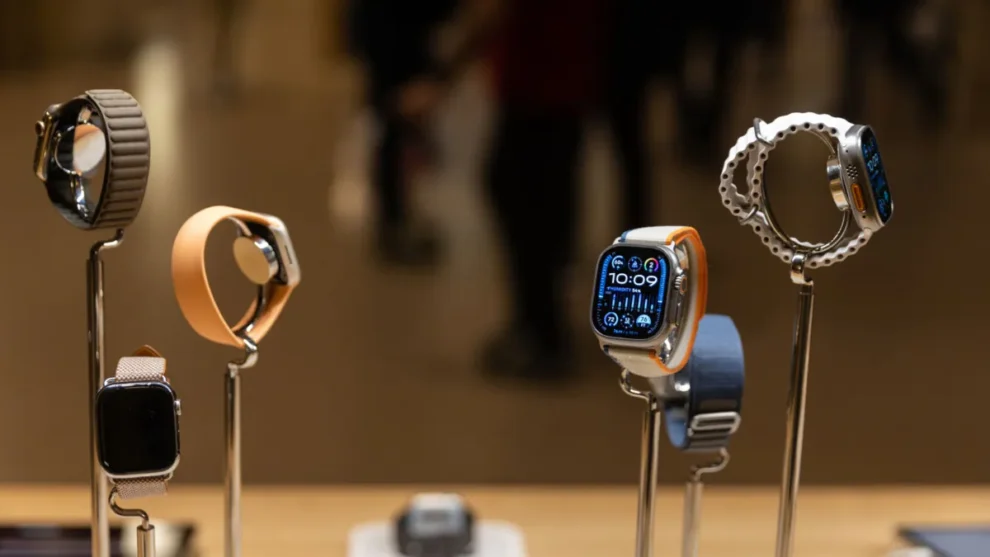In a surprising twist to its ambitious technology roadmap, Apple appears to be reconsidering its investment in MicroLED technology for its wearable devices, at least for the immediate future. This development marks a significant pivot in the tech giant’s strategy towards next-generation display technologies, despite the company’s initial push to lead the MicroLED industry.
Key Highlights:
- Apple’s MicroLED Project for Wearables: Initiated with the acquisition of LuxVue in 2014, Apple aimed to transition its wearable displays from OLED to MicroLED, anticipating benefits like improved brightness, color accuracy, longevity, and power efficiency.
- Challenges and Delays: The endeavor faced multiple setbacks, primarily due to the high production costs associated with MicroLED technology. Initially targeted for a 2023 launch, speculation suggested a push to as late as 2027.
- Recent Developments: Reports from AMS Osram and industry analysts suggest that Apple has canceled a major MicroLED project, potentially its Apple Watch Ultra, due to the technology not adding “significant value” and its high production costs rendering the venture economically unviable.
- Industry Implications: The cancellation could have far-reaching effects on the MicroLED industry, given Apple’s influence. It signals potential shifts in investment and research focus within the display technology sector.
Exploring Apple’s MicroLED Dream:
Apple’s foray into MicroLED was driven by the desire to outshine competitors with superior display technology. The transition from OLED to MicroLED promised several advancements, including addressing OLED’s burn-in issues. However, the path to adopting MicroLED has proven more arduous and costly than anticipated, prompting a reassessment of its viability for products like the Apple Watch Ultra.
The decision to halt the MicroLED project was not taken lightly. Insights from Ming-Chi Kuo, a respected analyst, indicate that Apple evaluated the technology’s added value against its substantial production costs. The conclusion that MicroLED could not significantly enhance the product experience, combined with the financial implications, led to the project’s cancellation.
What’s Next for Apple and MicroLED?
Despite the current pause, the journey towards MicroLED is far from over. The technology holds promise for future Apple products, with its potential to deliver unparalleled display quality. However, the timeline for its adoption is now uncertain, reflective of the broader challenges the industry faces in making MicroLED a mainstream technology.
The implications for the MicroLED industry and its stakeholders are profound. Apple’s decision may influence other companies’ strategies, potentially slowing down the rush towards MicroLED adoption. Nonetheless, this could also serve as a critical juncture for innovation, driving efforts to overcome the technology’s current limitations and high costs.
Apple’s recalibration of its MicroLED strategy underscores the intricate balance between technological innovation and economic feasibility. As the industry reflects on Apple’s move, the focus may shift towards enhancing existing technologies or exploring alternative pathways to next-generation displays. For Apple, this moment could represent a strategic pause, realigning its approach to ensure that when MicroLED is ready for the spotlight, it truly revolutionizes the user experience.
This exploration into Apple’s strategic pivot away from MicroLED, for now, illustrates the complexities of pioneering next-generation technologies and the impact such decisions have on the broader industry landscape. As Apple navigates these challenges, its journey offers valuable insights into the evolving dynamics of innovation, cost, and market readiness in the tech sector.








